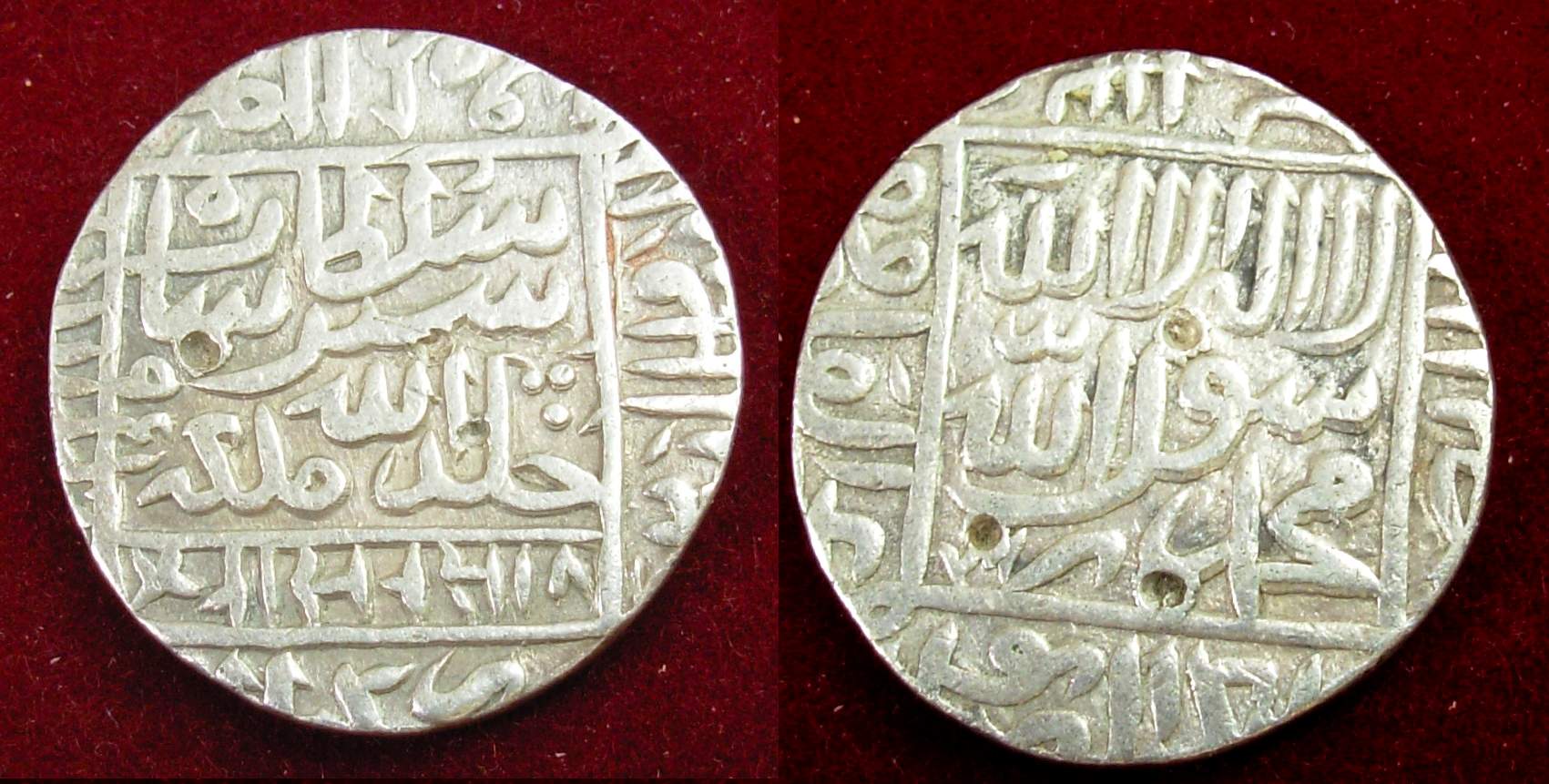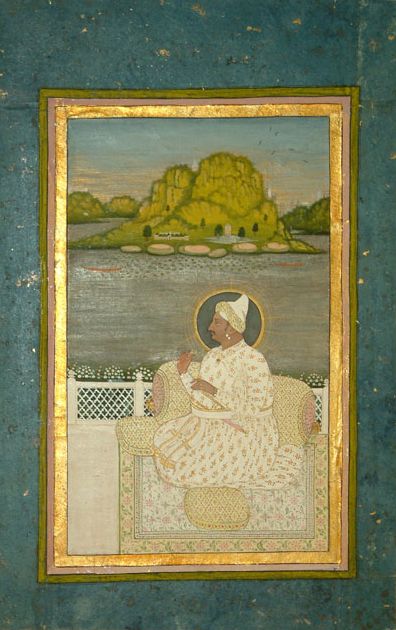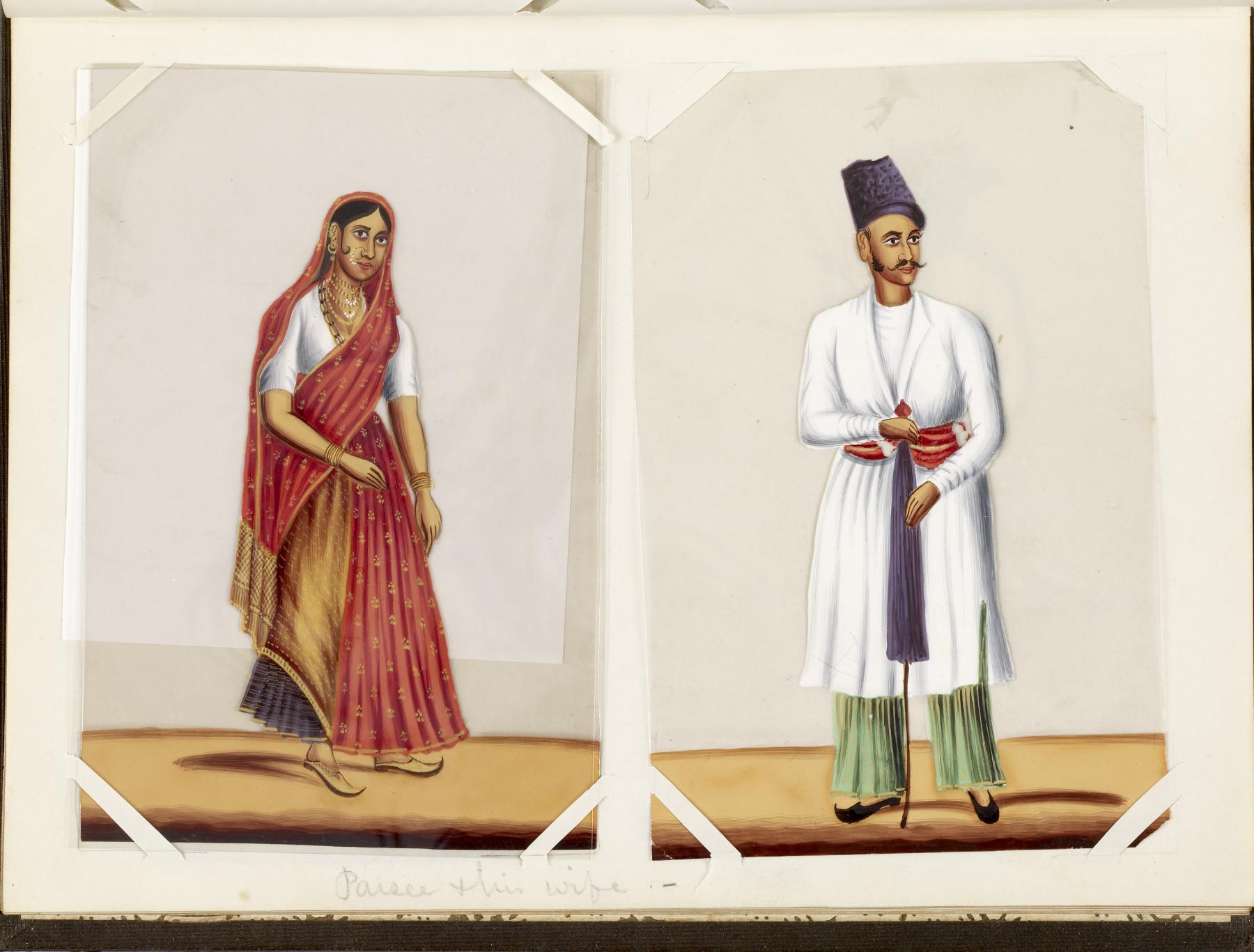|
Kayastha
Kayastha (also referred to as Kayasth) denotes a cluster of disparate Indian communities broadly categorised by the regions of the Indian subcontinent in which they were traditionally locatedthe Chitraguptavanshi Kayasthas of North India, the Chandraseniya Kayastha Prabhus of Maharashtra, the Bengali Kayasthas of Bengal and Karanas of Odisha. All of them were traditionally considered "writing castes", who had historically served the ruling powers as administrators, ministers and record-keepers. The earliest known reference to the term ''Kayastha'' dates back to the Kushan Empire, when it evolved into a common name for a writer or scribe. In the Sanskrit literature and inscriptions, it was used to denote the holders of a particular category of offices in the government service. In this context, the term possibly derived from ('principal, capital, treasury') and - ('to stay') and perhaps originally stood for an officer of the royal treasury, or revenue department. Over the ... [...More Info...] [...Related Items...] OR: [Wikipedia] [Google] [Baidu] |
Chitraguptavanshi Kayastha
Chitraguptavanshi Kayastha, also referred as ''North Indian Kayastha'', is a subgroup of Hindus of the Kayastha community that are mainly concentrated in the Hindi Belt of North India. In Hindu texts and traditions, they are described to have descended from the Hindu god Chitragupta who is usually depicted carrying "a flowing notebook, a pen and an inkpot" engaged in writing down human deeds. They are further divided into twelve , each of which is claimed to be the progeny of Chitragupta's two wives. The earliest recorded history of these groups goes to the early mediaeval period of Indian history, while the word "Kayastha" itself dates to the third century CE. Etymology According to Merriam-Webster, the word ''Kāyastha'' is probably formed from the Sanskrit ''kāya'' (body), and the suffix ''-stha'' (standing, being in). The suffix ''vanshi'' is derived from the Sanskrit word ''vansh'' (वंश) which translates to belonging to a particular family dynasty. History Early ... [...More Info...] [...Related Items...] OR: [Wikipedia] [Google] [Baidu] |
Bengali Kayastha
A Bengali Kayastha is a Bengali Hindu who is a member of the Kayastha community. The historical caste occupation of Kayasthas throughout India has been that of scribes, administrators, ministers and record-keepers; the Kayasthas in Bengal, along with Brahmins and Baidyas, are regarded among the three traditional higher castes that comprise the "upper layer of Hindu society." During the British Raj, the Bhadraloks of Bengal were drawn primarily, but not exclusively, from these three castes, who continue to maintain a collective hegemony in West Bengal. History The social and religious patterns of Bengal had historically been distinctively different from those in the orthodox Hindu heartland of North India and this impacted on how the caste system developed there. Bengal, being located east of the traditional Aryavarta (Aryan) region between the Ganges and Yamuna rivers, remained insulated from the full impact of Brahminical orthodoxy for many centuries, and the impact of Buddh ... [...More Info...] [...Related Items...] OR: [Wikipedia] [Google] [Baidu] |
Chandraseniya Kayastha Prabhu
Chandraseniya Kayastha Prabhu (CKP) is a caste group mainly found in Maharashtra. Historically, they made equally good warriors, statesmen as well as writers. They held the posts such as Deshpandes and Gadkaris and according to the historian, B.R. Sunthankar, produced some of the best warrior A warrior is a person specializing in combat or warfare, especially within the context of a tribal or clan-based warrior culture society that recognizes a separate warrior aristocracies, class, or caste. History Warriors seem to have been p ...s in Maharashtrian History. Traditionally, in Maharashtra, the caste structure was headed by the deshasthas, chitpawans, karhade, saraswats and the CKPs. Other than the Brahmins, the Prabhus (CKPs and Pathare Prabhus) were the communities advanced in education. Traditionally, the CKPs have the ''upanayana'' ( ''Upanayana#Yajñopavītam, janeu'' or thread ceremony) and have been granted the rights to study the vedas and perform vedic ritual ... [...More Info...] [...Related Items...] OR: [Wikipedia] [Google] [Baidu] |
Khatri
Khatri is a caste of the Indian subcontinent that is predominantly found in India, but also in Pakistan and Afghanistan. In the subcontinent, they were mostly engaged in mercantilistic professions such as banking and trade, they were the dominant commerical & financial administration class of Late-Medieval India some in Punjab often belonged to hereditary agriculturalist land-holding lineages, others were engaged in artisanal occupations such as silk production and weaving while some were scribes learned in Sanskrit and Persian too During the British colonial era, they also served as lawyers and engaged in administrative jobs in the colonial bureaucracy. Some of them served in the British Indian army after being raised as Sikhs. The Sikh religion was founded by Guru Nanak, a Bedi Khatri. Subequently, all the Sikh religious leaders or Gurus were Khatris. During the Sikh Empire, many Khatris formed the military vanguard of the Khalsa Army and it's administrative class as Dew ... [...More Info...] [...Related Items...] OR: [Wikipedia] [Google] [Baidu] |
Parsis
Parsis () or Parsees are an ethnoreligious group of the Indian subcontinent adhering to Zoroastrianism. They are descended from Persians who migrated to Medieval India during and after the Arab conquest of Iran (part of the early Muslim conquests) in order to preserve their Zoroastrian identity. The Parsi people comprise the older of the Indian subcontinent's two Zoroastrian communities vis-à-vis the Iranis, whose ancestors migrated to British-ruled India from Qajar-era Iran. According to a 16th-century Parsi epic, ''Qissa-i Sanjan'', Zoroastrian Persians continued to migrate to the Indian subcontinent from Greater Iran in between the 8th and 10th centuries, and ultimately settled in present-day Gujarat after being granted refuge by a local Hindu king. Prior to the 7th-century fall of the Sassanid Empire to the Rashidun Caliphate, the Iranian mainland (historically known as 'Persia') had a Zoroastrian majority, and Zoroastrianism had served as the Iranian state reli ... [...More Info...] [...Related Items...] OR: [Wikipedia] [Google] [Baidu] |
Kashmiri Pandit
The Kashmiri Pandits (also known as Kashmiri Brahmins) are a group of Kashmiri Hindus and a part of the larger Saraswat Brahmin community of India. They belong to the Pancha Gauda Brahmin group from the Kashmir Valley, a mountainous region located within the Indian union territory of Jammu and Kashmir. Kashmiri Pandits are Hindu Kashmiris native to the Kashmir Valley, and the only remaining Hindu Kashmiris after the large-scale of conversion of the Valley's population to Islam during the medieval times. Prompted by the growth of Islamic militancy in the valley, large numbers left in the exodus of the 1990s. Even so, small numbers remain. History Early history The Hindu caste system of the Kashmir region was influenced by the influx of Buddhism from the time of Asoka, around the third century BCE, and a consequence of this was that the traditional lines of varna were blurred, with the exception of that for the Brahmins. Another notable feature of early Kashmiri society ... [...More Info...] [...Related Items...] OR: [Wikipedia] [Google] [Baidu] |
Karan (caste)
The Karan or Karana is a community of Scribe, scribes found in the state of Odisha in India. The post of Karana used to be a professional designation that was occupied by literate members of the lower as well as the higher castes. They also held Karanam post in some parts of Andhra Pradesh, where they speak Odia language, Odia and played the similar role in Odisha as that of the Kayasthas of West Bengal and Bihar. Traditionally they were the official record-keepers in the royal courts of the Odia princely states historically (Orissa Tributary States). Today they are a politically dominant community and have reigned over the politics of Odisha for 40 years. History Hindu Scriptures Various Hindu scriptures such as Smriti, Smrtis and Puranas mention Karan as a mixed caste. According to puranic accounts, the offspring of a Vaishya father and a Shudra mother is called a Karan, which places them below Vaishyas & above Shudras as per Manu's law. Amarkosha mentioned Karan along with Am ... [...More Info...] [...Related Items...] OR: [Wikipedia] [Google] [Baidu] |
Assam
Assam (; ) is a state in northeastern India, south of the eastern Himalayas along the Brahmaputra and Barak River valleys. Assam covers an area of . The state is bordered by Bhutan and Arunachal Pradesh to the north; Nagaland and Manipur to the east; Meghalaya, Tripura, Mizoram and Bangladesh to the south; and West Bengal to the west via the Siliguri Corridor, a wide strip of land that connects the state to the rest of India. Assamese and Boro are the official languages of Assam, while Bengali is an additional official language in the Barak Valley. Assam is known for Assam tea and Assam silk. The state was the first site for oil drilling in Asia. Assam is home to the one-horned Indian rhinoceros, along with the wild water buffalo, pygmy hog, tiger and various species of Asiatic birds, and provides one of the last wild habitats for the Asian elephant. The Assamese economy is aided by wildlife tourism to Kaziranga National Park and Manas National Park, which are ... [...More Info...] [...Related Items...] OR: [Wikipedia] [Google] [Baidu] |
North India
North India is a loosely defined region consisting of the northern part of India. The dominant geographical features of North India are the Indo-Gangetic Plain and the Himalayas, which demarcate the region from the Tibetan Plateau and Central Asia. The term North India has varying definitions. The Ministry of Home Affairs in its Northern Zonal Council Administrative division included the states of Haryana, Himachal Pradesh, Punjab and Rajasthan and Union Territories of Chandigarh, Delhi, Jammu and Kashmir and Ladakh. The Ministry of Culture in its ''North Culture Zone'' includes the state of Uttarakhand but excludes Delhi whereas the Geological Survey of India includes Uttar Pradesh and Delhi but excludes Rajasthan and Chandigarh. Other states sometimes included are Bihar, Gujarat, Jharkhand, Madhya Pradesh and West Bengal. North India has been the historical centre of the Mughal Empire, the Delhi Sultanate and the British Indian Empire. It has a diverse culture, and includ ... [...More Info...] [...Related Items...] OR: [Wikipedia] [Google] [Baidu] |
Brahmin
Brahmin (; sa, ब्राह्मण, brāhmaṇa) is a varna as well as a caste within Hindu society. The Brahmins are designated as the priestly class as they serve as priests (purohit, pandit, or pujari) and religious teachers (guru or acharya). The other three varnas are the Kshatriya, Vaishya and Shudra. The traditional occupation of Brahmins is that of priesthood at the Hindu temples or at socio-religious ceremonies, and rite of passage rituals such as solemnising a wedding with hymns and prayers.James Lochtefeld (2002), Brahmin, The Illustrated Encyclopedia of Hinduism, Vol. 1: A–M, Rosen Publishing, , page 125 Traditionally, the Brahmins are accorded the highest ritual status of the four social classes. Their livelihood is prescribed to be one of strict austerity and voluntary poverty ("A Brahmin should acquire what just suffices for the time, what he earns he should spend all that the same day"). In practice, Indian texts suggest that some Brahmins historicall ... [...More Info...] [...Related Items...] OR: [Wikipedia] [Google] [Baidu] |
Scribe
A scribe is a person who serves as a professional copyist, especially one who made copies of manuscripts before the invention of automatic printing. The profession of the scribe, previously widespread across cultures, lost most of its prominence and status with the advent of the printing press. The work of scribes can involve copying manuscripts and other texts as well as secretarial and administrative duties such as the taking of dictation and keeping of business, judicial, and historical records for kings, nobles, temples, and cities. The profession has developed into public servants, journalists, accountants, bookkeepers, typists, and lawyers. In societies with low literacy rates, street-corner letter-writers (and readers) may still be found providing scribe service. Ancient Egypt One of the most important professionals in ancient Egypt was a person educated in the arts of writing (both hieroglyphics and hieratic scripts, as well as the demotic script from the sec ... [...More Info...] [...Related Items...] OR: [Wikipedia] [Google] [Baidu] |
Epigraphy
Epigraphy () is the study of inscriptions, or epigraphs, as writing; it is the science of identifying graphemes, clarifying their meanings, classifying their uses according to dates and cultural contexts, and drawing conclusions about the writing and the writers. Specifically excluded from epigraphy are the historical significance of an epigraph as a document and the artistic value of a literature, literary composition. A person using the methods of epigraphy is called an ''epigrapher'' or ''epigraphist''. For example, the Behistun inscription is an official document of the Achaemenid Empire engraved on native rock at a location in Iran. Epigraphists are responsible for reconstructing, translating, and dating the trilingual inscription and finding any relevant circumstances. It is the work of historians, however, to determine and interpret the events recorded by the inscription as document. Often, epigraphy and history are competences practised by the same person. Epigraphy ... [...More Info...] [...Related Items...] OR: [Wikipedia] [Google] [Baidu] |






_Bhumi_Puja%2C_yajna.jpg)

